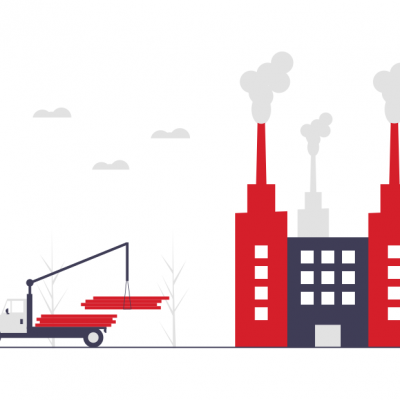Industry 5.0: Is it today?
We've been talking about Industry 4.0 for a few years now, but isn't a new revolution underway?
From the steam-powered Industry 1.0 at the end of the 18th century to today, we have come a long way. It is particularly interesting to note how the time between one industrial revolution and another has significantly decreased. Almost a century had to pass from the use of steam to the use of electricity (Industry 2.0), then another century for the arrival of computing (Industry 3.0), and then just 40 years later we are already at Industry 4.0, which combines different technologies to promote an automated and interconnected industrial production. However, for some years now (less than 10 years since the last change), the concept of industry is in a new phase of upheaval: discussions have begun around digital transformation, smart working, updating employees’ digital skills, and creating digital-friendly work environments. What has been defined as the future workplace is beginning to take shape. Today, also due to the pandemic which has pushed us towards sudden and unexpected changes, discussions are starting on Industry 5.0, which is based on the cooperation between man and machine, understood as artificial intelligence benefiting and supporting the human being.
This is the main distinguishing element between Industry 4.0 and 5.0: the human-centric approach. Indeed, one cannot ignore the human element; we must transform technologies into technologies of freedom, not control (Rodotà). The focus, therefore, is on leveraging the power and capacity of machines under the supervision of the human mind, thus ensuring the added value of highly customized production that meets the tastes and needs of the end consumer. In short, it is the combination of human creativity and robotic efficiency.
In Industry 5.0, robots will be increasingly used for heavy, repetitive, and dangerous tasks (so-called 3D jobs: dull, dirty, and dangerous), allowing workers to focus on the more creative, conceptual, and governance aspects, thereby reflecting benefits in terms of health, workplace safety, and personal satisfaction. Therefore, we must imagine and create a new work model, a collaborative industry, where humans and robots integrate each other’s skills and expertise in favor of a shared and more efficient workspace. This will be possible thanks to cobots, i.e., collaborative robots equipped with artificial intelligences and programmed to interact with humans. The levels of collaboration can vary widely, from “robot confinement” to coexistence (where there is no confinement of the machine), to sequential collaboration (where human-robot movements are sequential), to cooperation (both moving in the same physical space), and finally to reactive collaboration (where the robot responds in real-time to the worker’s movements). For bots or software robots, on the other hand, these are not physical robots but intelligent software programs capable of operating in favor of another user or program, through a system of mutual exchange.
If, on one hand, the new Industry 5.0 revolution brings great opportunities and potential, on the other, it necessarily requires a high level of attention to the ever-hot topics of safety, risk, and responsibility profiles. In addition to purely physical risks, the information technology risks linked to remote command, cybersecurity and cyber-attacks, maintenance, data security, and personal information, as well as the repercussions in terms of damages, ownership of responsibilities, or lack of transparency of algorithms must also be assessed.
When we are in the midst of something, it is always difficult to delineate its boundaries. Especially when it comes to revolutions that gradually impact a wide variety of areas, closely touching the lives of thousands of people. Certainly, the pandemic has accelerated some processes that may not be maintained post-emergency, but looking at the current situation: aren’t we already, at least in part, working in Industry 5.0?

